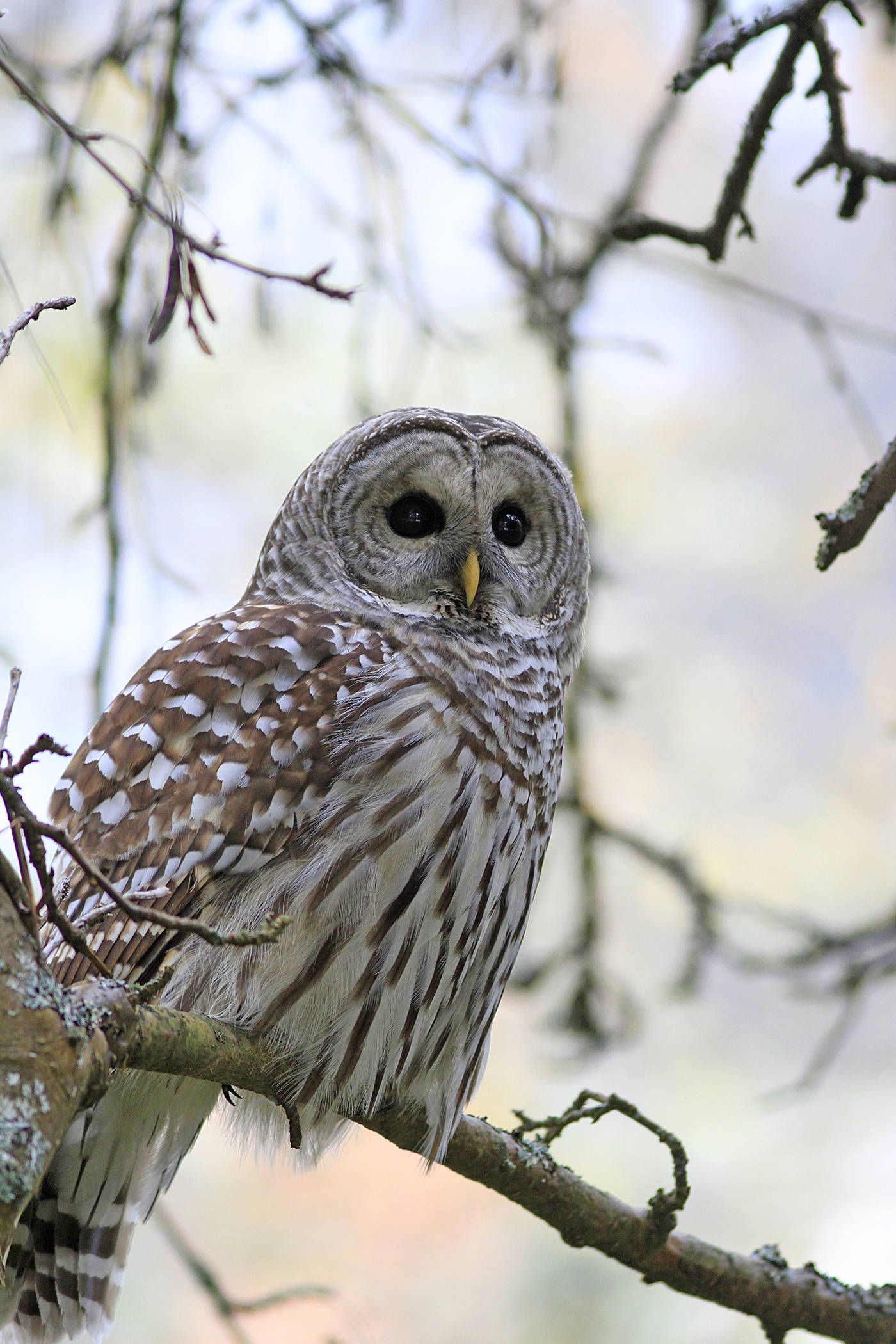What is a humane gardener? According to Nancy Lawson, author of the new book The Humane Gardener: Nurturing a Backyard Habitat for Wildlife (Princeteon Architectural Press, 2017), it means going beyond “birds, bees, and butterflies”. As she writes, “humane gardeners embody the ethic of compassionate landscaping, challenging long-held assumptions about animals, plants, and themselves.”
So let’s start with an assumption about ‘wildlife gardening’: it’s about not using pesticides, feeding the birds and planting flowers for pollinators, right? Sort of. “It’s really about creating habitats,” Lawson says. “Thinking holistically.”
Here are five tips to get you started.
1. Design with the Neighbours in Mind
A humane garden might look like a wild unkempt one to untrained eyes, so show your neighbours you are caring for the landscape by mowing a strip or adding a fountain. Lawson suggests “adding signs of human intention.”
2. Know Your Allies
This winter rabbits have been mowing down my garden. I’m not certain exactly why all of a sudden, but I do know the cute little things are menace and an introduced species, the Eastern Cottontail, first brought to Sooke in the 1960s. The Garry Oak Ecosystems Recovery Group considers them a full-on threat to native plants and notes they can be captured and killed ‘anywhere, anytime’ in the province. To protect plants from rabbits, they recommend one metre high fencing, mesh, with the holes not larger than 5cm x 5cm. The bottom of the fencing must be buried 10-15cm under the soil.
So who’s an ally to turn to for rabbit control? Owls. Raptors such as owls and hawks help control rabbit populations. (And they kill mice, which like deer, carry Lyme disease). So lobby for trees. At the community level we are losing trees to development and it may not be long before raptor poles need to be erected to encourage nesting.
3. Be a Wild Beekeeper
Rather than adding a honeybee hive, think about the bees native our region. Leave some sunny unmulched areas for ground nesting species. Also, a recent Mason bee study found that by not cutting back your perennial borders, and/or leaving 12-15 inches of stalk still standing over the winter will assist encourage these beneficial insects.
4. Let Sleeping Logs Lie
Humane gardeners understand that decay is a fundamental part of life (and creates habitats). Lawson explains: “beetles live in rotting wood. Stumps provide food for woodpeckers. Similarly, logs lying on the ground keep eggs protected from predators.”
Brush piles are important shelters for overwintering insects as well and birds can find seeds in them. Resist the urge to tidy up.
5. Build a Catio
“Cats kill wildlife,” Lawson says. “It’s not the cat’s fault.” So create a ‘catio’ by enclosing an area of your deck or build a small balcony outside an apartment window. It’s safer for the cat, Lawson says, and helps protect snakes, lizards (yes we have one!), mice, bats and birds, from their teeth and claws.
At the very least, bell your beast.
Christin Geall is an avid Oak Bay gardener and creative non-fiction writing instructor at the University of Victoria.

